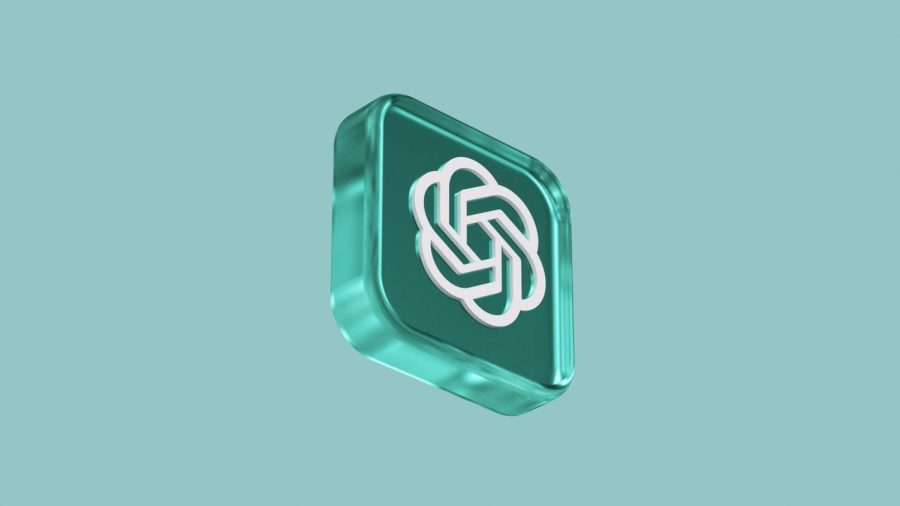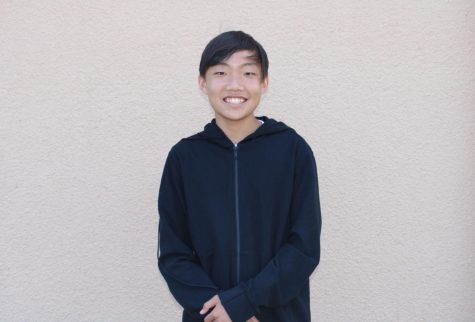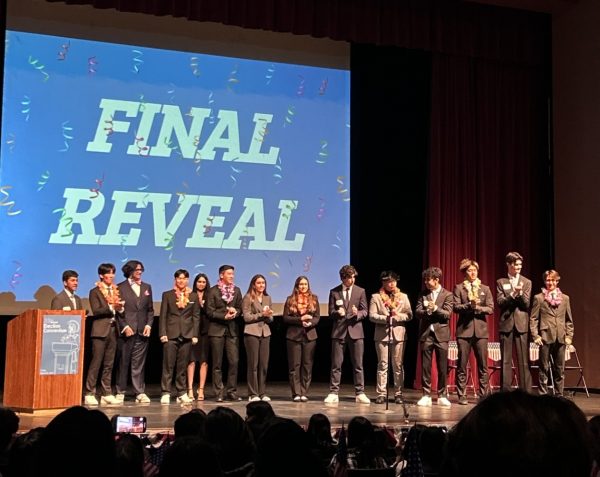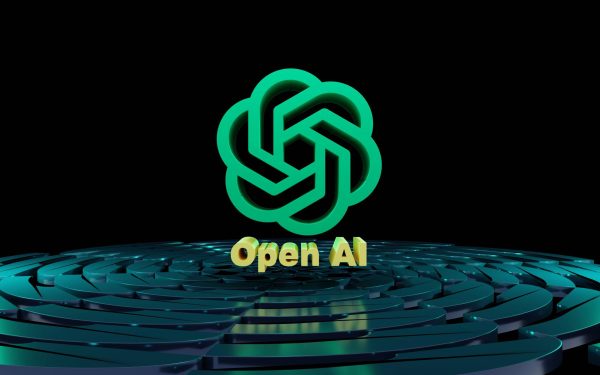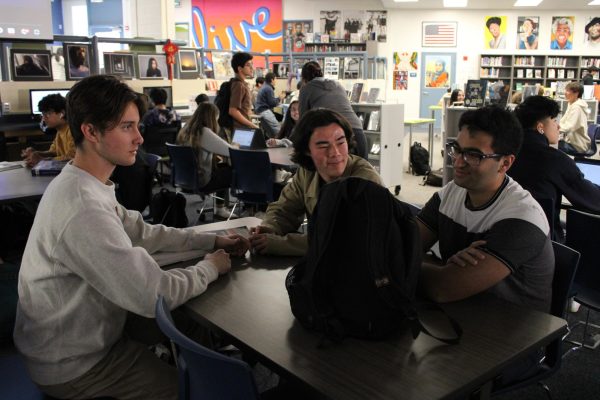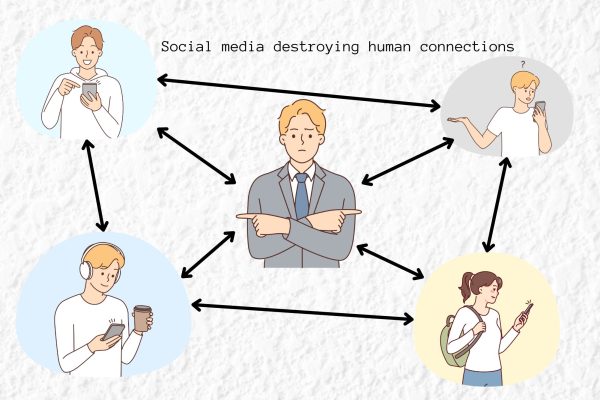This Title Was Written By ChatGPT
April 17, 2023
*The opinions expressed within the content are solely the author’s and ChatGPT’s and do not reflect the website’s or its affiliates’ opinions and beliefs.*
Are you tired of feeling like just another face in a crowded classroom? Do you ever feel like your education could be more personalized to your individual needs and interests? If so, you’re not alone – and that’s where ChatGPT comes in.
This was the introduction given by ChatGPT when asked to write the opening for this article. In mere seconds, the software quickly found points supporting itself through the merits of artificial intelligence (AI). With concise and stylistic writing, ChatGPT promptly stole my position as a staff writer for the Sword & Shield. However, I’m not the only one with the potential of being replaced. A chatbot created by the artificial intelligence company OpenAI, ChatGPT runs on some of the most sophisticated conversational AI software to exist. Named GPT-4, the software uses machine learning as well as natural language understanding (NLU) to gain alarmingly human-like capabilities.
The most immediate concerns regarding these capabilities have shown up in classrooms. Many teachers are worried about the use of AI for assignments that would violate academic honesty contracts. With various sources of media commending its ability to write essays worthy of passing grades alongside other outstanding functions, these concerns seem to become increasingly more valid.
However, this negative stigma against ChatGPT and other similar chatbots takes away from its potential productivity and usage in the classroom. Using ChatGPT as a learning tool encouraged in classrooms, rather than as a gimmick for cheating through homework, allows for a more open discussion about its potential benefit: providing students and teachers with an incredible resource to grow from.
As argued by ChatGPT itself, “its ability to provide personalized learning experiences” lends itself to being a resource. It is nearly impossible for teachers to provide an optimal learning environment for all of their students, especially considering that humans have limited time and energy. ChatGPT, however, is not human. With widespread accessibility anywhere you can find an internet connection, ChatGPT can compound the World Wide Web’s knowledge in a short and easy response for anyone who types into its engine. It will even adjust the reading difficulty and complexity of its response to suit the needs of its user. This not only allows students to have questions answered about specific topics without the fear of being judged but also allows students to explore and create their learning environments. Despite concerns over ChatGPT’s restriction of critical thinking, ChatGPT can act as a tool for students to discover how they learn best, increasing their critical thinking and students’ exploratory nature.
Additionally, as a self-learning chatbot, ChatGPT uses machine learning to constantly gain more information based on patterns in language and behavior to present the best response to the user. Because it is programmed to keep up with the times, teachers can use ChatGPT to maintain a better connection with their students. For example, one could prompt ChatGPT to word a lesson with relevant jokes or dialogue to maintain student engagement. This would allow teachers to understand more of modern culture without having to consistently engage in it. ChatGPT essentially acts to research and simplifies, creating greater efficiency for students and educators.
While some argue that the information provided by ChatGPT is inadequate and that the AI has the potential to spread misinformation, this is exactly why it should be used as a tool for learning rather than as a source for plagiarism. ChatGPT has flaws and won’t be fully correct with every piece of information it puts out. Yet this is the case with most sources on the internet and in life. ChatGPT acts as a means of teaching students to think critically and to never rely fully on something to provide them with “the answer.” It also forces students to do their research instead of just putting a question into ChatGPT to copy down whatever it spits back out at them.
ChatGPT’s shocking function and coverage in media and news outlets across the internet have certainly caused it to have its fair share of criticism. Many teachers fear that it is the beginning of the end of real human intelligence, as everyone turns to relying on AI. However, while the AI takeover may be imminent, at least for now, ChatGPT only acts as a learning tool that classrooms across UHS, and throughout the world, should be using.
With its ability to provide personalized learning experiences, access to a vast knowledge base and flexibility and convenience, ChatGPT is an exciting tool for educators and students alike. As we continue to embrace the possibilities of artificial intelligence, I believe that ChatGPT will play an increasingly important role in shaping the future of education.


